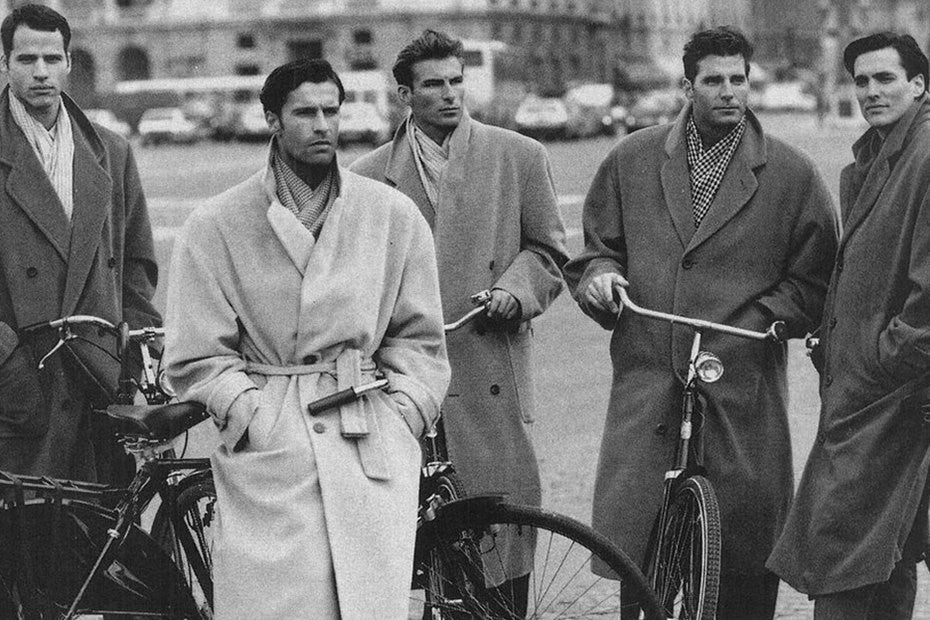The Evolution of Overcoats: A Historical Journey
Posted by DANISH FAREED

Overcoats, a timeless garment that transcends fashion trends, have a rich and fascinating history that spans centuries. Originating as practical outerwear, overcoats have evolved in style, functionality, and cultural significance.
This exploration delves into the history of overcoats, tracing their roots, development, and enduring appeal.
Ancient Beginnings
The history of overcoats can be traced back to ancient civilizations where people draped themselves in animal skins for warmth. However, it wasn't until the Middle Ages in Europe that overcoats, as we recognize them today, began to take shape. During this period, cloaks and capes made from heavy materials like wool became popular among the aristocracy, serving both functional and symbolic purposes.
The Renaissance and the Birth of Tailoring
As Europe entered the Renaissance, fashion became a more prominent aspect of societal expression. Tailoring techniques advanced, leading to the creation of fitted and stylish over garments. The nobility favored luxurious fabrics and elaborate designs, and overcoats became a symbol of status and wealth. These garments were often adorned with fur and intricate embroidery, reflecting the opulence of the era.
18th Century: The Greatcoat Emerges
The 18th century witnessed the emergence of the greatcoat, a long, heavy overcoat designed for warmth and protection against the elements. Military influence played a significant role in shaping the greatcoat's design, as officers and soldiers alike needed durable and practical outerwear. The greatcoat's popularity transcended military use, becoming a staple for civilians during harsh winters.
Victorian Era: Elegance and Diversity
The Victorian era brought about a shift in fashion, with an emphasis on elegance and refinement. Overcoats became more tailored, featuring structured silhouettes and a variety of styles. The frock coat, a knee-length overcoat with a fitted bodice and full skirt, gained popularity among men. Women's overcoats, meanwhile, took on diverse forms, ranging from the bustle-backed coats to the more streamlined walking coat.
20th Century: Functional and Fashionable
The 20th century witnessed significant changes in overcoat design, reflecting the dynamic shifts in societal norms and lifestyles. The trench coat, initially designed for military use during World War I, became an iconic civilian garment. Its waterproof and breathable qualities, coupled with a stylish aesthetic, made it a versatile choice for both men and women.
The mid-20th century saw the rise of the pea coat, originally worn by European sailors. Its short length, broad lapels, and double-breasted design made it a popular choice for civilians, especially in colder climates. Additionally, the mid-century period witnessed a surge in the popularity of fur-lined overcoats, symbolizing luxury and glamour.
Contemporary Overcoats: Fusion of Style and Function
In the 21st century, overcoats continue to be a vital part of fashion, combining style and functionality. Designers experiment with materials, shapes, and lengths to create a diverse range of overcoats suitable for various occasions. Technological advancements have introduced innovative fabrics that provide warmth without sacrificing style, meeting the demands of the modern consumer.
Conclusion: A Timeless Garment
The history of overcoats reflects the dynamic interplay between fashion, culture, and functionality. From humble beginnings as essential outerwear to becoming a symbol of status and style, overcoats have stood the test of time.
As we navigate the ever-changing landscape of fashion, the overcoat remains a versatile and enduring garment, embodying centuries of sartorial evolution.






















